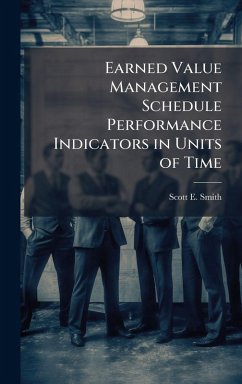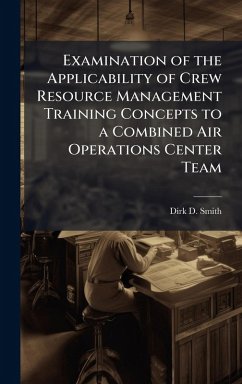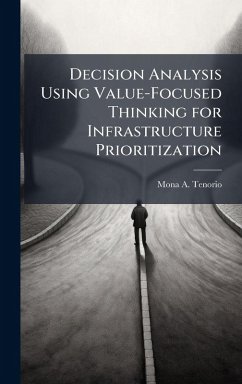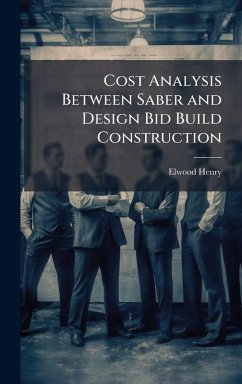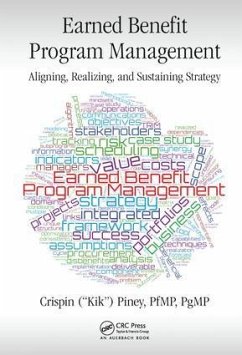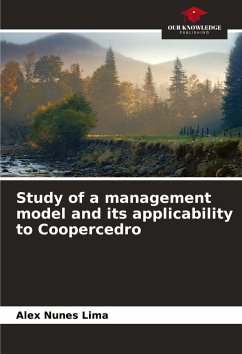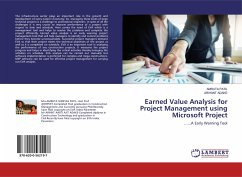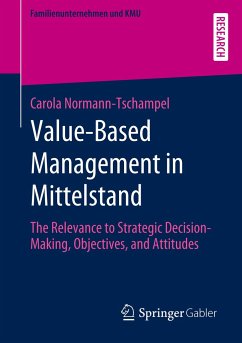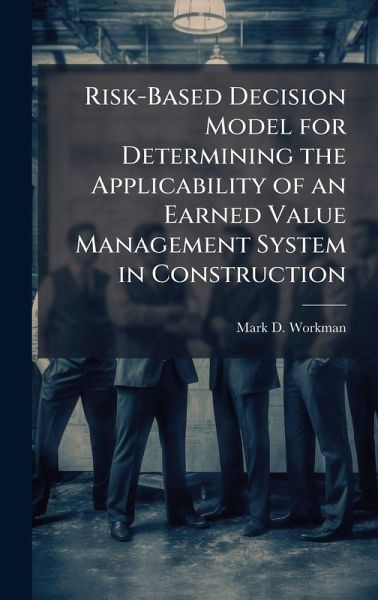
Risk-Based Decision Model for Determining the Applicability of an Earned Value Management System in Construction
Versandkostenfrei!
Versandfertig in über 4 Wochen
29,99 €
inkl. MwSt.
Weitere Ausgaben:

PAYBACK Punkte
15 °P sammeln!
New policy mandated by the Undersecretary of Defense for Acquisition, Technology and Logistics has lowered the dollar thresholds of contracts requiring earned value management (EVM). This policy directed that a risk-based decision be made to determine if EVM should be used on firm-fixed price contracts under $20 million. Although not previously applicable to Military Construction (MILCON) building projects or other Air Force Civil Engineer (CE) managed contracts, the new threshold requires that CE projects be evaluated for risk. Therefore, the focus of this research was to analyze the risk fac...
New policy mandated by the Undersecretary of Defense for Acquisition, Technology and Logistics has lowered the dollar thresholds of contracts requiring earned value management (EVM). This policy directed that a risk-based decision be made to determine if EVM should be used on firm-fixed price contracts under $20 million. Although not previously applicable to Military Construction (MILCON) building projects or other Air Force Civil Engineer (CE) managed contracts, the new threshold requires that CE projects be evaluated for risk. Therefore, the focus of this research was to analyze the risk factors associated with construction contracts in an attempt to build a decision model to determine if EVM is warranted on the project. Due to the cost of implementing EVM, this model should probably be used only on Air Force construction projects with cost estimates over $5 million. If the cost growth predicted by the model is greater than 5%, the use of EVM is recommended to monitor the risk factors. However, this recommendation should be tempered with the overall risk associated with a given project. In other words, if the calculated cost growth is high but the probability of occurrence is low, the decision-maker may want to forego the use of EVM and the associated costs. This work has been selected by scholars as being culturally important, and is part of the knowledge base of civilization as we know it. This work was reproduced from the original artifact, and remains as true to the original work as possible. Therefore, you will see the original copyright references, library stamps (as most of these works have been housed in our most important libraries around the world), and other notations in the work. This work is in the public domain in the United States of America, and possibly other nations. Within the United States, you may freely copy and distribute this work, as no entity (individual or corporate) has a copyright on the body of the work. As a reproduction of a historical artifact, this work may contain missing or blurred pages, poor pictures, errant marks, etc. Scholars believe, and we concur, that this work is important enough to be preserved, reproduced, and made generally available to the public. We appreciate your support of the preservation process, and thank you for being an important part of keeping this knowledge alive and relevant.



